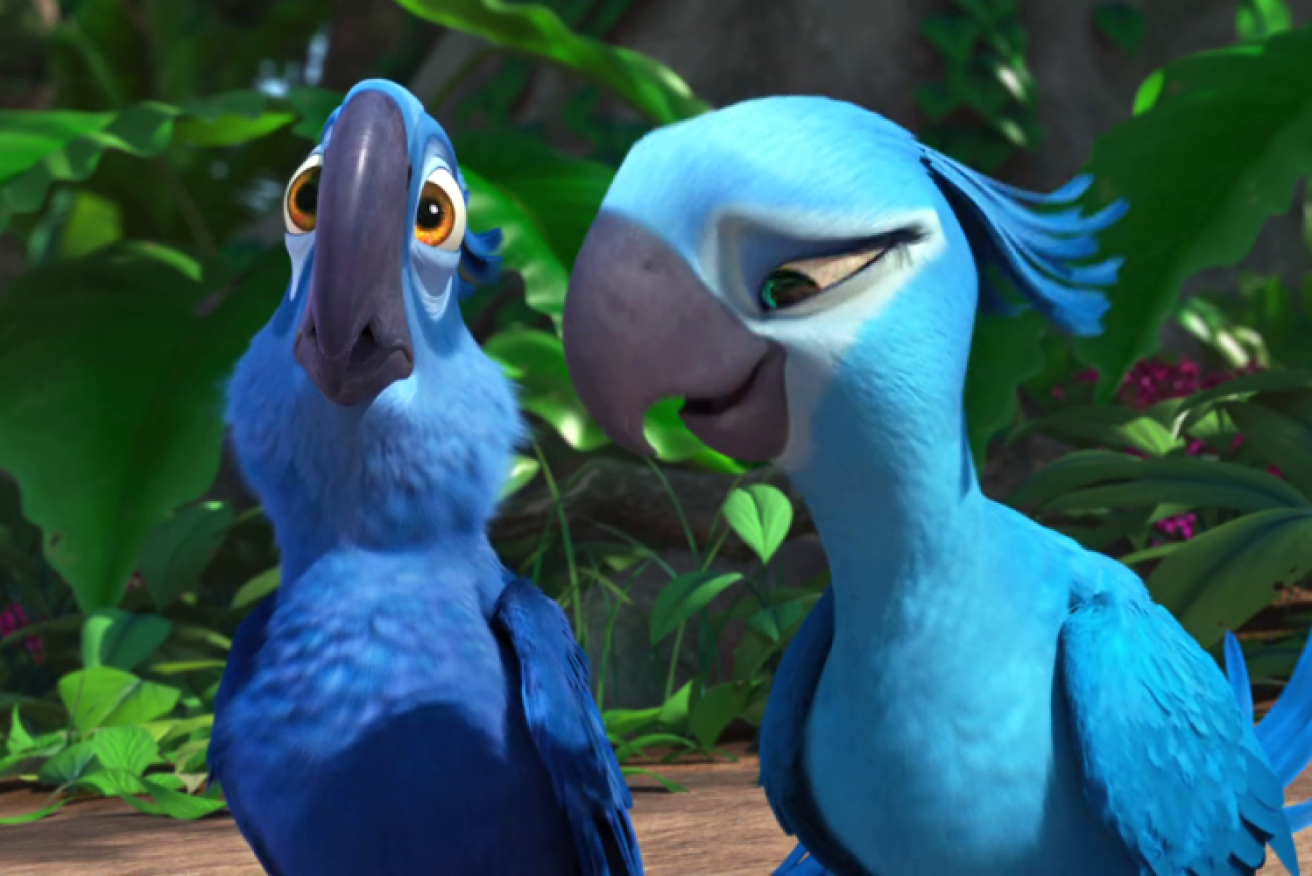‘Blu’ macaw that inspired movie Rio one of eight bird species newly listed as extinct

Blu in the animated children's movie Rio was inspired by the Spix's macaw. Photo: 20th Century Fox
The species of blue macaw parrot portrayed in the animated movie Rio has been officially classified as ‘extinct in the wild’.
The Spix’s macaw Brazilian parrot, characterised by the loveable lead, Blu, is now one of eight species that have been added to a list of confirmed or highly likely extinctions under new statistical classifications compiled by researchers.
Also on the list are the glaucous macaw and Pernambuco pygmy-owl – their declines primarily driven by deforestation on the South American continent.
“The last known individual [Spix’s macaw] in the wild disappeared in 2001, but searches have been ongoing since then and it is only now that we feel confident enough to classify it as extinct in the wild,” report co-author Stuart Butchart said.
The researchers said these latest losses highlighted the urgency of the current extinction crisis, bringing the number of confirmed or likely bird extinctions up to 187 since the year 1500.
The report into which birds have gone extinct was conducted by BirdLife International, the avian authority for the IUCN (International Union for Conservation of Nature) Red List of Threatened Species.

Wild populations of Spix’s macaw were discovered in 1985. Photo: BirdLife International
Determining whether a species is extinct, is a lengthy, complex process, involving “exhaustive” surveys.
The authors assessed 51 critically endangered species over eight years.
They recommend three species formerly considered ‘critically endangered (possibly Extinct)’ should now be reclassified as ‘extinct’, while the Spix’s macaw should be treated as ‘extinct in the wild’.
Historically, 90 per cent of extinctions were on islands driven by the negative impacts of invasive species – such as cats or rats – as well as unsustainable hunting, said Mr Butchart.
The latest report however noted five of the eight newly identified extinctions took place on the South American continent, four of them in Brazil. Researchers said this reflected the devastating effects of the high rate of deforestation in that part of the world.
“There is increasing evidence of a growing wave of extinctions on continents, resulting from habitat loss and degradation driven by unsustainable agriculture and logging in particular,” Mr Butchart said.
“A program is underway to build up this population and hopefully release into the wild in due course,” Mr Butchart said.
But that is not the case for the others identified as extinct, and in the past, not all attempts to breed endangered species in captivity have succeeded.
Birds ‘take the pulse of the planet’
The report sounded a warning call not only for birds, but biodiversity in general, said Patricia Zurita from Birdlife International.
“Birds are more popular and better studied than any other comparable group and are consequently an excellent means through which to take the pulse of the planet,” Ms Zurita said.
She said climate change represented an emerging and increasingly serious threat.
Birdlife International noted climate change affected 33 per cent of globally threatened species, and often exacerbated existing threats.
Nearly one-quarter of bird species so far studied had already been negatively affected by climate change.
For half of those studied, the impact remained uncertain.






